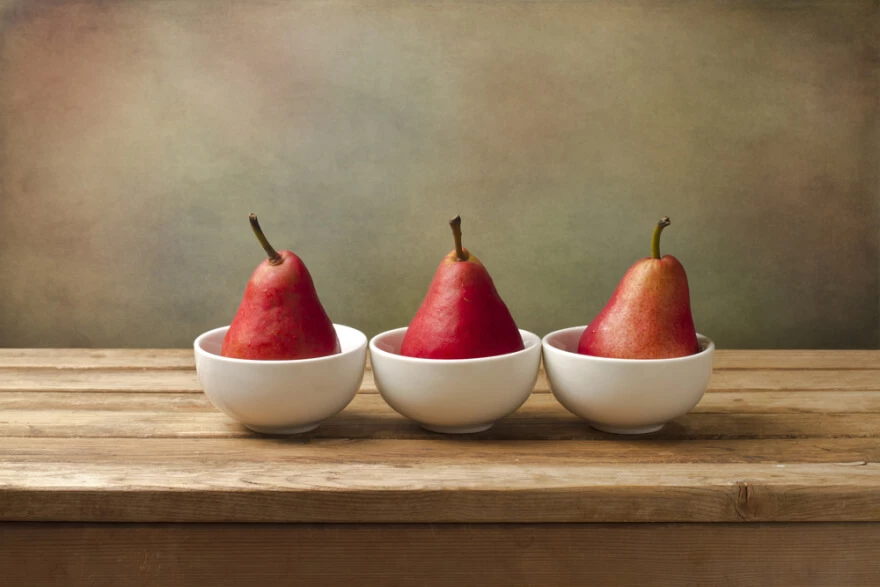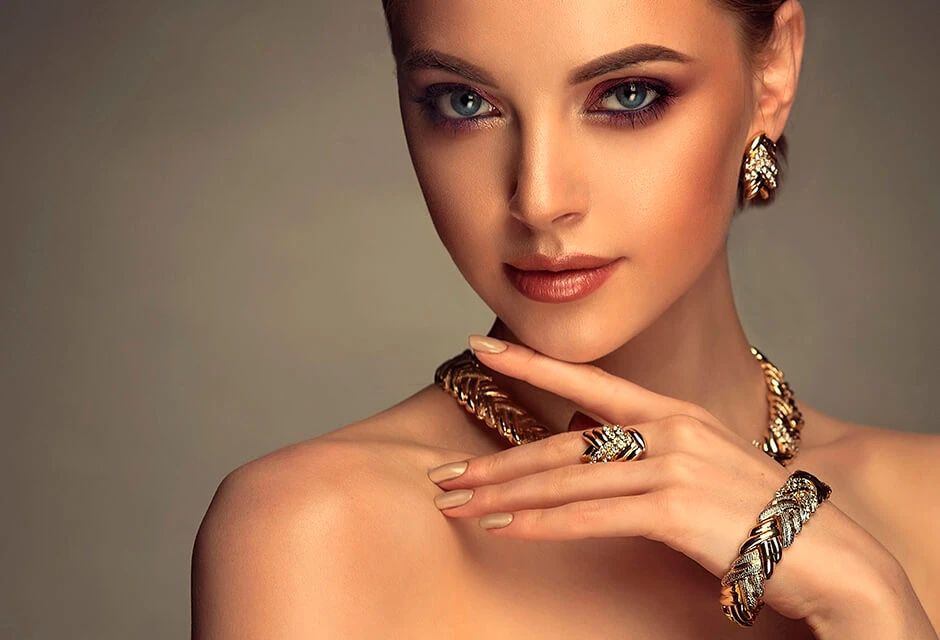Still life photography

- 1. How to make a photo project in a genre of still life?
- 2. Consider the best subject to realize simple still life photography
- 3. Find backgrounds for the best still life photography definition
- 4. Keep in mind still life photography lighting
- 5. What is still life photography composition?
- 6. Try editing still life photography tips
- 7. Decide a vintage atmosphere or fashion mood mood
- 8. Use still life photography ideas inspired by history
- 9. Shoot still life as an advertising
- 10. Choose the best camera
- 11. Practice still life food photography
- 12. How to use reflection?
- 13. Play with bokeh even using an iPhone
- 14. Buy a tripod and shoot from different angles
- 15. Use clamps for beginners and professionals
- 16. Explore the beauty of water steam
- 17. Spend the whole day at work if needed
- 18. Start to take pictures!
- 19. Avoid main mistakes in still life photography
Still life photography can rightfully be called one of the most difficult genres in any kind of fine art. To create a good landscape, the artist only needs to find an attractive place, in other words, a beautiful nature, and convey the state of nature on the canvas. Not everyone can convey the mood in a picture. It is harder to do it in still life. Indeed, in still life, unlike a landscape or a portrait, the artist himself organizes this nature, builds the composition himself, selects objects for the image. When working on still life, the author's creative imagination, knowledge of laws of composition, feeling of texture and light, play a very important role. When shooting still life, you create an image, not capture the moment. You compose a photo: from background to subject and light. Working with inanimate objects allows you to take the time to perfect your lighting scheme and experiment with composition. It's a very enjoyable way to photograph, and you don't need any supernatural gear. It's also a great way to learn lighting and composition, key elements of any style of photography.

1. How to make a photo project in a genre of still life?
The idea of shooting always determines the technical still life photography equipment and helps to choose the style. An ND filter, a deliberate increase in exposure, and color correction can play a significant role here.
That is why, when shooting subjects, you need to decide from the very beginning how you are going to use the resulting images. Will the whole series consist of them, or will they be a part of a composition, or go in combination, for example, with portraits. The next thing to think about is techniques.
For example, you want to make a picture that will resemble a classic still life. When using a contemporary digital or film camera, it makes sense to imagine that you have a large-format camera on a tripod, it is slow and clumsy, and difficult to control and shoot. Based on this understanding, you need to build the entire composition, try to create such lighting using a neutral gray filter or minimizing the amount of light as much as possible, and always with a long exposure. Shadows should be deep and thick, and if the image is not a black and white still life photography, then beware of blue and purple colors, these dyes are the least persistent and degrade faster than all others.

2. Consider the best subject to realize simple still life photography
The subject doesn't really matter. In general, this shooting type is associated with traditional paintings of vases with flowers and a few carefully placed elements. But essentially, if the object is not in motion, then it is still life.
Find pre-existing still life, tell narrative stories and moods, which are already present in the scene. Use items that are simply pleasing to the eye or personal. If you're stuck looking for a necessary subject, then I suggest looking for products that are important and personal to you to add meaning to photography.

3. Find backgrounds for the best still life photography definition
A good background can make a great job. Cloth, cardboard or paper, or an existing wall are all readily available backgrounds. Just make sure your background doesn't distract from the main subject. Keep it simple. If you are using fabric, be sure to iron it first. It's hard to find anything more distracting than a crumpled background.
Bright background color or intrusiveness can draw too much attention in contrast to the main subject. A simple neutral background is a good starting point for experimentation. You may be wondering which background will ultimately make your image really cool.
After trying different colorful, simple backgrounds, experiment with reflective cardboard, which works much better. Play with focus and depth of field by sharpening the entire image or only certain elements, such as the background in soft focus. A blurry background can help out if you don't have an iron on hand to get rid of wrinkles in the fabric.

4. Keep in mind still life photography lighting
You don't need anything special to illuminate the setup studio. Natural light from a window will do just fine. A lamp, light painting, a camera with a flash, or a softbox will be a great base for experimentation at home.
This conceptual photography works well with long exposures, allowing you to use a very weak light source like a single candle. You will need a tripod, or simply mount the camera on a solid box or stack of books. You can paint your abstract image using a light painting technique and all you need is a small flashlight.
Your subject won't run away from you, so take your time and play with the light. Try different t intensities by using a curtain to illuminate from a window, or by moving closer and further. Combine different sources, such as using a flashlight to illuminate dark areas when shooting in natural light, or perhaps use a lamp and candle.
Use any familiar light examples, where one condition is met: one of the light sources must illuminate the steam from behind. So it will be clearly visible in the picture and even slightly glow.
Experiment with different positions. For a portable light, start with side lighting and then try different angles. Pay attention to where the shadows fall, as well as what happens to reflections.

5. What is still life photography composition?
Good composition takes a long way and is just as important as good lighting. Knowing these concepts, usually, the rule of thirds can be very helpful, even if you don't use them later.
By changing the arrangement of elements of your composition, you are sure to find the perfect one. Just don't get hung up on the first option. Make sure that there are no excessively empty areas or too cluttered effects. Placing objects at an angle will work as a guideline, so pay attention to where it leads, out of frame, or discreetly leads to another element? Making small adjustments to the angle at which your subject is positioned can make a difference.
Even if you need to photograph an apple rose directly from the front, try raising or lowering the camera for several shots, then zoom in or out and watch what happens. It may work, or it may not, you won't know until you try it.

6. Try editing still life photography tips
There are many great possibilities in the editing stage. Various processes can completely change your idea and result. HDR conversion is very popular in this genre and it can be quite effective. Or you can play with layer masks with different exposures and paint on different areas of the image. Add texture to give the image a look of a painted canvas.

7. Decide a vintage atmosphere or fashion mood mood
No matter how funny it sounds, the quality of photos is influenced by the atmosphere and mood. Moreover, this rule works not only when shooting still life. When you are relaxed, focused, and enjoying the filming process, you can be almost sure that you will succeed. When photographing, it is important not to rush anywhere.
Unlike street and reportage shooting, where the composition of the frame changes all the time and you need to have time to take the frame in time, the still life is static. It can take as long as you wish to create one picture. That is why you should pay attention to little things and prepare for the shot as much as necessary. Set the lighting, objects of shooting, and take a closer look at what happens, if necessary, make adjustments and start shooting.
You won't have any excuses for fuzzy and blurry shots. You have an unlimited amount of time to focus. For subject photography, a macro lens is perfect. If you don't have this type of optics, then you can just try shooting in macro mode. In this case, this may be the best option.

8. Use still life photography ideas inspired by history
When creating your own pictures, thinking about lighting, compositions, and ideas, don't forget to turn to classic genres used a long time before. Picturesque paintings have been created for hundreds of years. Perhaps you will find answers to many of your questions in paintings by Renaissance artists or contemporary photographers.
Studying paintings will help you think about shape, shades, and colors. The study of different solutions will lead to the creation of unique images.

9. Shoot still life as an advertising
There is a great demand for product photography, especially now, when there is a huge number of all kinds of magazines, business publications, and Internet sites. When shooting, do not hesitate to upload your floral or table pictures on the Internet, you can even try registering on photo stocks and promote your work there. The Internet has become the most effective way to find potential customers and viewers today.

10. Choose the best camera
Any camera is suitable for such a style, but many, especially professional photographers, still prefer large-format cameras: x5 ″ (9x12 cm), 5x7 ″ (9x12 cm) and even 8x10 ″ (18x24 cm). This is due to a number of circumstances. The viewfinder size (matte glass, equal to the size of photographic material) simplifies compositional framing. Moving the camera located on a rail, the presence of slopes and shift not only facilitates the technical part (adjusting the depth of field, changing the scale without moving the tripod) but also makes it easier to build a composition. But the main feature is the transfer of a texture of objects and the depth of shadows.

11. Practice still life food photography
The best photographers make good money by making food images, which look especially delicious and mouth-watering. Explore the best food photography for clues on scene composition, lighting, backgrounds, props, camera angles, and other tricks. Try them again, it's a good exercise to see if you can imitate these tricks with your fruits and vegetables.
Take some cookies and a glass of milk, or a beer with pretzels, and see what you can do to reproduce them to be very appetizing. This will not only hone your food photography skills, but you can grab a snack when you're done.

12. How to use reflection?
Reflections can take your footage to new and exciting levels. When photographing at home, a good way to create reflections is to use a piece of black plexiglass for the base of the stage, or regular glass underneath any black material: paper, polyethylene, etc.
Unlike a mirror, which creates two reflections due to the top of the glass and the mirrored back of the glass, regular glass or plexiglass creates only one. Of course, an inventive photographer will find other ways to create reflectors.

13. Play with bokeh even using an iPhone
“Bokeh” is defined as a “blur pattern” or effect visible in an unfocused portion of a photograph taken with a shallow depth of field. Fruits still life photography is a great opportunity to explore how you can use bokeh to simplify the background, keep the viewer's attention where you want it, and enhance the story you're trying to tell. Try some special bokeh effects using various patterns attached to the camera and color blocking with lemons and apples.

14. Buy a tripod and shoot from different angles
Depending on a lighting situation, a tripod and remote control may be required to release the shutter. Using these devices helps to observe and work with the subject. This setting will also allow you to use the slower shutter speed required for a small aperture that can focus properly.
It is very easy to forget that the camera was in the same position throughout the entire shoot. Remember to various angles and height of the camera, shooting liquids in bottles or cups of coffee. Otherwise, you'll end up with a whole bunch of shots taken from one position without any variety. Try shooting at the subject level or from a bird's eye view with the camera pointing from top to bottom.

15. Use clamps for beginners and professionals
A necessary thing for almost any subject. If you are shooting falling cups, flying cookies, floating inkwells, and other levitation, you most likely need not only a glue gun but also a good means of fixing these objects in a correct position and at the right angle. Find clamps which consist of spherical hinges, which, firstly, hold their weight well (you can fix a small reflector and it will not fall), and secondly, they lend themselves to fine-tuning.
This clip was invented for those who shoot flower still life photography. You can grip something hard, and it will be rigidly fixed, and something soft, for example, a chamomile stem, and it will not be remembered. These accessories are designed for those who are into embroidery and patchwork. There are no hinges, there is no special lining for soft things either, the position adjustment is not so thin, but it holds the weight well (even heavier items can be attached), clings to the table firmly.

16. Explore the beauty of water steam
The key to capturing steam is backlight. The main thing to remember is that steam and smoke are very different things. Not everyone has a smoke machine and dry ice. Problems start when one wants to simulate steam. But it is liquid, and smoke is particles of solid matter in the air. Steam usually has a slightly larger fraction and a completely different structure. This is noticeable in the photo.
If you want to shoot steam over a cup of tea, it's best to take a cup of real hot drink and backlit it (just put the camera in front of the window if you are shooting with natural light), it will be very beautiful. If your model is not so easy to pour boiling water, a garment steamer or a stack of damp cotton pads heated in the microwave can be used. But in most cases, boiling water will be ok.

17. Spend the whole day at work if needed
Unlike landscape photography, light doesn't change as quickly and, unlike portraits, your strawberry or jewelry won't get tired of keeping one position for a long time. Use this, position your subject, adjust the lighting, background, and camera, take a few shots, then rearrange elements a bit, and try again. If you notice that nothing is working out, leave it as it is, make a cup of tea, and come back with a fresh look.
Another advantage is that you have no excuses for not taking clean and sharp photos, take the time to get the right lighting. Set the camera to macro mode for the best chance of capturing fine details of a fresh vegetable or fruit.

18. Start to take pictures!
Find the right day when you know you won't be in a rush or distraction. Combine all the advice you got so far and get to work. Prepare required components, charge and set up the camera, take care of lighting and create. You can try shooting with a maximum aperture of f / 1.8 if you have a fast lens that can help you achieve artistic background blur.
Remember that still life is not only a composition of vegetables, fruits, and flowers, it can be anything. Find a subject that will inspire you and photograph it. Perhaps a photo box will become handy.

19. Avoid main mistakes in still life photography
It is worth analyzing the most common reasons due to which mistakes and shortcomings are made at work.
- Not enough practice. All skills and experience are acquired only during the filming process, so you need to train and fill your hand as much and often as possible. As you shoot in your spare time, you will soon learn to adjust camera settings and work with many parameters. This also includes working with composition: the more you experiment, the faster you begin to understand the principles of composition and vision.
- An unrealized idea. It all starts with an idea, and only after a clear idea of the future, the photograph is formed, objects and details, as well as background, are selected for it. The artistic message and underlying meaning are very important, without them the whole process of shooting “something” will be a failure.
- Poor lighting performance. You must see that there is no excess or lack of light, otherwise any, even the most original and creative idea will be ruined. You can resort to daylight, special external flashes, lamps, and even candles, the main thing is that the subject is correctly lit. Remember that working with reflectors will improve the result, so try not to use direct light.
- Working with complex equipment. A beginner and any other photographer do not have to chase expensive equipment. Good shots are obtained even with minimal costs. The quality of a picture depends on skills, and not on how much money was invested in work.
- Failure to comply with the integrity of a style. You can always experiment with colors, combinations of objects, textures, and shapes. But you should not try to wedge an object into the picture that does not fit into the composition in terms of style, era, or other obvious parameters.
- Errors in the selection of background. The backdrop of a photograph is not a key at all, but a detail that can easily “kill” a photograph, make it unsightly and even repulsive. If it does not figure in the idea and composition in any way, then choose neutral shades that will not draw attention. For example, you can choose white with a simple texture.

Still life is one of the genres of photography in which various inanimate objects, products, or goods become the object of shooting: art products, dishes, flowers, fruits, etc. It is often used to demonstrate in an elegant form certain household items or applied art. Today this genre of photography is often used in advertising photography. Complex artistic tasks can be solved by means of this style. For example, you can reveal the inner world of a person who is absent in the frame, show features of his life and character.
Photos are taken in this genre delight with the poetry of the image, expressiveness of texture, color and volume of objects, laconic compositional solutions, clarity of tonal and color pattern. Many photos taken in this genre amaze with the subtlety of compositional solutions and the brilliance of the photographer's skill.
As the oldest field of photography, it has a rich and varied history. There is no limit to inspiration and knowledge that can be gained simply by looking at the world around you through the camera's viewfinder. Practice more and look at the world with a new eye. Do not be afraid to edit and crop pictures during post-processing. Everything depends only on the artist!
Co-founder of RetouchMe. In addition to business, he is passionate about travel photography and videography. His photos can be viewed on Instagram (over 1 million followers), and his films can be found on his YouTube channel.
Moreover, his profile is featured on the most popular and authoritative resource in the film industry — IMDb. He has received 51 international awards and 18 nominations at film festivals worldwide.

with RetouchMe














